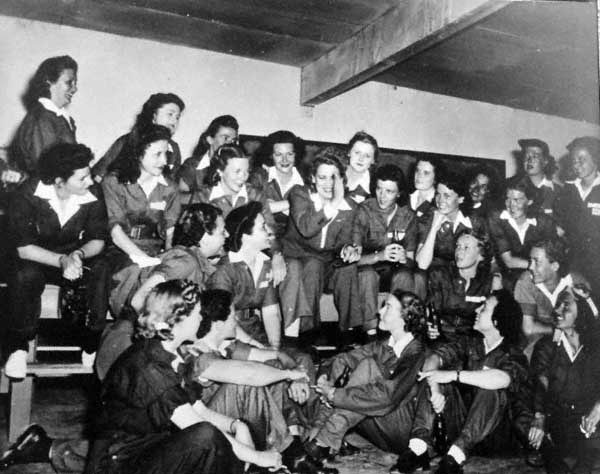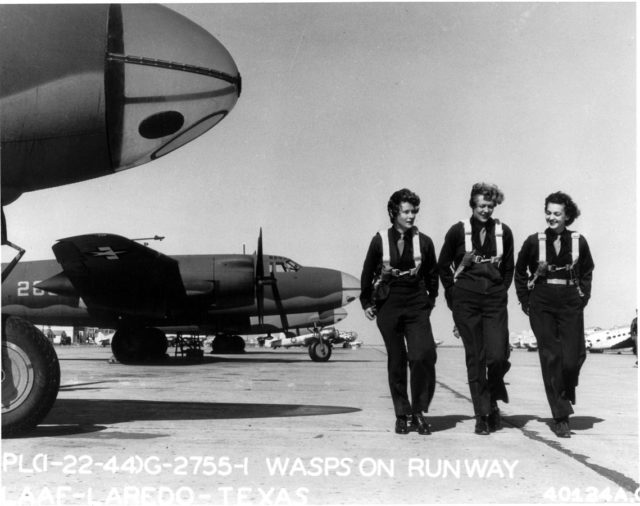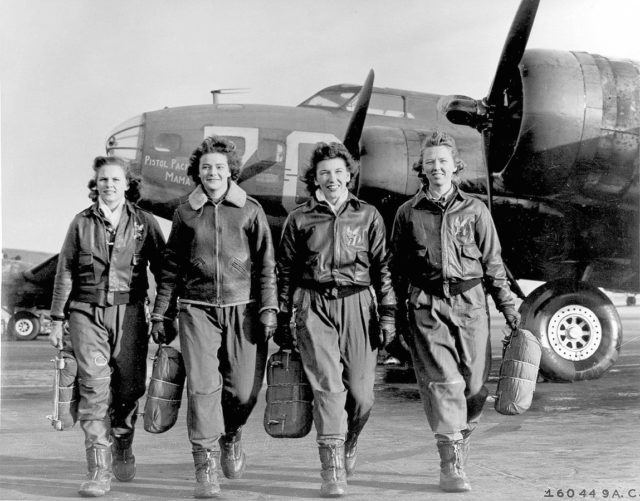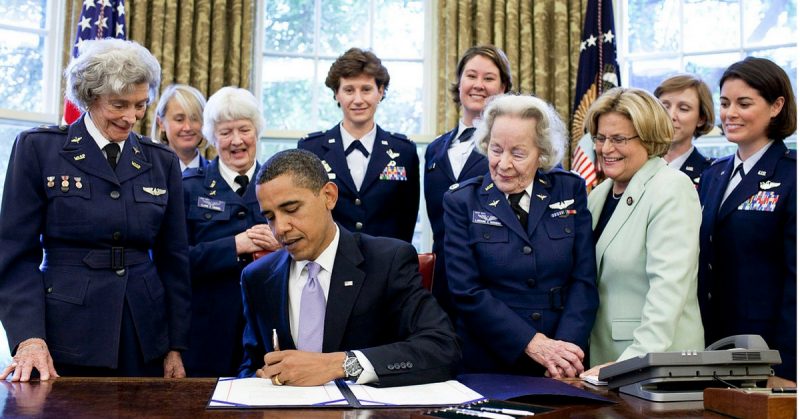Should you inadvertently disturb a wasp’s nest, be ready for a great buzzing and possible attack by the inhabitants of the nest. So it was not too surprising that a statement made by the air-force in 1976 announcing that for the first time ever, female pilots would be flying military planes disturbed a whole nest of wasps. These wasps, however, were WASPs – Woman’s AirforceService Pilots – and it was swiftly brought to public notice that the WASPs had done sterling work during WW II, flying practically every military plane in the US at that time.
WASPs came into being when the two independent forces, WAFS (Women’s Auxiliary Ferry Squadron) and the WFTD (Women’s Flying Training Detachment) were merged. There was a tremendous shortage of male pilots during the war and so these female flying units were authorized by the Army Gen. Henry “Hap” Arnold in 1942. The female pilots were to fly military aircraft within the U.S. and thereby free up male Pilots for combat duty.
There was a huge response from women from every walk of life, but, in the end, only 1074 of the thousands of applicants completed their training and were certified to join the WASPs. By the end of 1944, the WASPs had delivered over 12000 aircraft, of approximately 77 different types, which they had ferried from the factories to the ports of embarkation, or to various military training bases.

These lady pilots often flew high-speed u–type aircraft, they towed targets for live ground and air gunnery practices, they tested newly overhauled planes and they transported cargo.
Because of political pressures as well as the increasing numbers of male pilots who became available, the WASPs were disbanded on Dec. 20 of 1944 – with no benefits, once again highlighting the fact that female pilots were treated differently, paid differently, compensated less, received no military benefits and were given a different standing and recognition to those of the male pilots who were doing precisely the same work.
Most people were not aware of the work undertaken by the WASPs and since regulations required it, the records of all the WASP’s activities and achievements during WW II were not released to the public for 30 years. It was, however, the statement in 1976 that “The air Force are going to admit women to their flying programme …it is the first time the Air Force has allowed women to fly their aircraft”…..that set things buzzing.

A major bone of contention arose regarding the right of these WASPs to be seen as Veterans for their war service and thus to have the right to be buried at the Arlington National Cemetery. Elaine Harmon who was a WASP and had, for many years, actively worked for the recognition of WASPs as Veterans, felt that being included at Arlington would be part of honouring the service that the WASPs had provided in WW II by filling the gap for the U.S. Army.
After much lobbying, Congress finally passed the legislation in 1977, which gave the WASP pilots veteran status and also qualified them for military benefits. In 1984, each WASP who had served for more than a year was awarded the WW II Victory Medal and later – in 2009 the WASPs were further honoured, by being awarded the Congressional Gold Medal by President Obama. The medal was presented to them at a ceremony held at the Capitol in Washington DC the following year.
Martha McSally, (a former Air Force fighter pilot colonel), cosponsored the House bill to grant WASPs the right to be inurned at Arlington. The remains of 17 WASP members were thus inurned there, but the battle was not yet over. Subsequently,a declaration was made by J. McHugh (Secretary of the Army) stating that neither WASPs nor merchant marines were eligible for burial at Arlington as they were not “active duty” veterans.

It was also stated that the issue was one of space and that the burial eligibility criteria at Arlington ensured that burial space was reserved for active duty service members and eligible veterans of the future.
McSally said the right of the WASPs to rest at the cemetery should not have been an issue. “This is something that they deserve, something that they earned,” she said. When she heard that Elaine Harmon, who had died in April 2015 at the age of 95, had been denied this right she stated “… the Army has every authority they need in order to …. allow the WASPs to be inurned at Arlington National Cemetery “
The Army seems to be taking notice of the outcry regarding the denial of the rights awarded to WASPs. Acting Secretary of the Army, Patrick Murphy, informed members that the Army supports legislation making WASPs and merchant marines eligible for “above-ground inurnment” at Arlington.
He also said that while legislation is pending, eligible individuals could apply for an exception.
The Harmon family are however, awaiting the change of policy that opens the sacred grounds to any WASP who wishes to be laid to rest there. They wish for the dispute between Congress and the Pentagon to be settled before placing Elaine Harmon’s ashes, as per her written wishes, in the Columbarium at Arlington National Cemetery.
It is to be hoped – for Elaine Harmon – and for all the other WASP heroines of WW II, that this matter will shortly be satisfactorily resolved.
